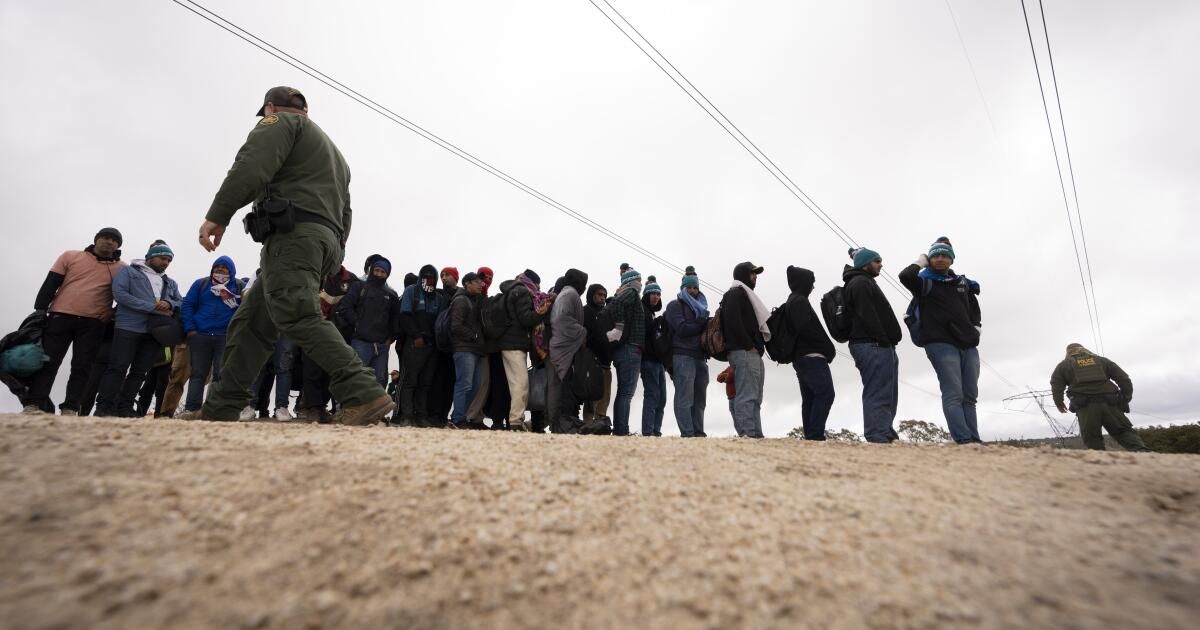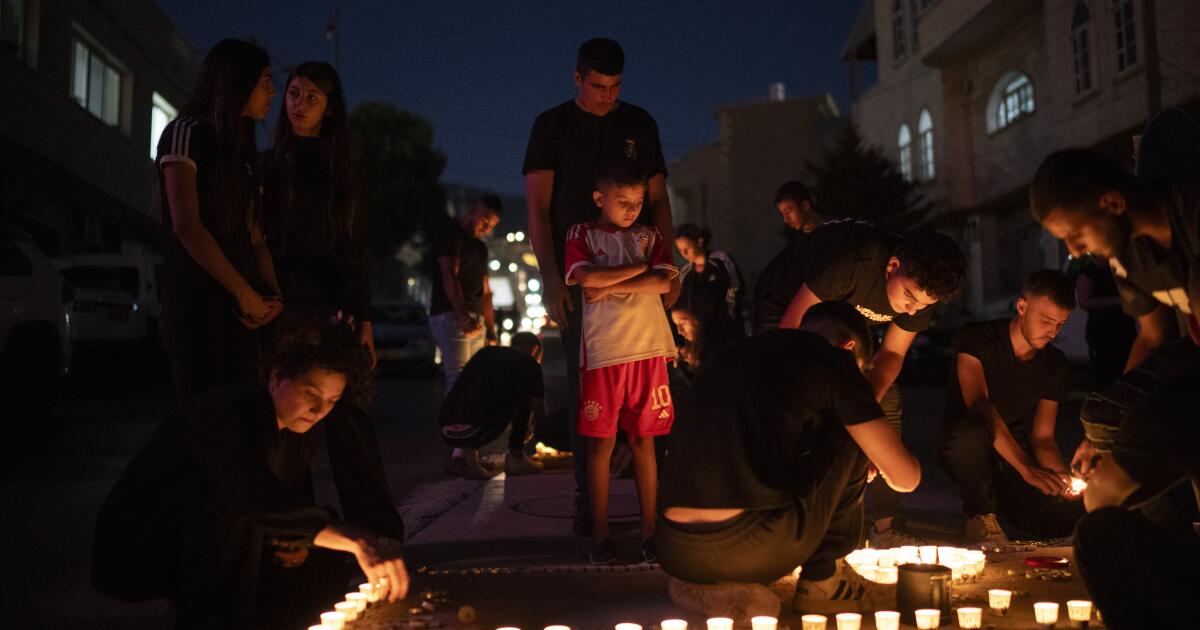American leaders of all political stripes lament the country’s broken asylum system, but they also fall back on short-sighted, reactive solutions that fail to address the underlying problem: an outdated and insensitive refugee definition that fails to address the real threats facing refugees in the 21st century.
As the number of asylum seekers surges, policymakers' first instinct is to limit who and how many can be granted asylum. President Biden recently followed that pattern when he imposed unprecedented restrictions on the right to seek asylum, including setting arbitrary limits on the number of “encounters” at the border that trigger a full shutdown of the asylum system. But it still faces criticism for not creating even greater hurdles to block access and limit eligibility.
What the United States needs to do is something like the opposite. As surprising as it may seem, expanding the definition of who is a refugee would be a recipe for reducing the chaos, lawlessness and inequality at our borders and the gridlock in our immigration courts. It may not reduce the number of people seeking refuge here, but it would help clear the backlog of asylum cases — more than 1.5 million pending before immigration judges and U.S. Citizenship and Immigration Services officials — and allow U.S. officials to determine much more quickly which newcomers need protection.
In 1980, the United States incorporated into its law the definition of “refugee” contained in the 1951 United Nations Refugee Convention, which rightly recognizes that people who have a “well-founded fear of persecution” should not be returned to places where they might be harmed on account of their identity or beliefs. But judging asylum claims under this standard has often been an exhaustive, slow, and painstaking process, involving determining the intent of the persecutor, verifying the applicant’s beliefs or identity that are at the root of the persecution, and so on.
At the same time, the 1951 law does not explicitly recognise as refugees people fleeing war and other clear threats to life and limb.
In 2015, Germany had to deal with a massive influx of some 890,000 asylum seekers. It too used the 1951 Refugee Convention definition as its main criterion for protection, but by broadening the standard to include those suffering “inhuman or degrading treatment or punishment” and “indiscriminate violence in situations of international or internal armed conflict,” it cleared the backlog and was up to date with new applications by September 2017.
The expanded definition led to swift and fair decisions. Some 725,000 asylum seekers from Eritrea, Iran, Iraq and Syria had approval rates of more than 50%. Meanwhile, 99% of the more than 275,000 nationals from countries in the Western Balkans, where many of the most serious human rights abuses have been curtailed, were rejected. Germany currently has fewer than a quarter of a million pending cases.
Forty years ago, Latin American governments agreed to Cartagena Declarationa regional instrument in the Americas that also remedies the limitations of the Refugee Convention, expanding it to include “persons who have fled their country because their life, safety or freedom has been threatened by generalized violence, foreign aggression, internal conflict, massive violation of human rights or other circumstances seriously disturbing public order.”
The Cartagena language—combined with the Refugee Convention’s definition, grants of temporary protected status, and other lax visa requirements—has allowed Latin American countries to provide residency permits and other legal status relatively quickly and flexibly to most of the 6.8 million people who have been uprooted by violence and unrest in Venezuela, all without expending the enormous amount of time and resources that the United States spends simply trying to determine asylum seekers’ eligibility for protection.
As a matter of principle and international law, the United States should tailor its asylum rules to the real threats faced by people fleeing foreign invasion, civil war, gang violence, and even rising sea levels and other climate disasters.
An expanded refugee definition is not the same as an open invitation to migrate. It would require applicants to show that they face inhuman and degrading treatment or serious threats to life or physical integrity due to a real risk of violence, or due to exceptional situations, such as natural or man-made disasters, for which there is no adequate remedy in the country of origin. Those criteria are easier to assess than a “well-founded fear of persecution.” Applicants whose asylum claims are based on economic grounds would also be easier to identify, rejected more quickly and subject to deportation.
The United States should do what Germany, the other 26 member states of the European Union, and 16 Latin American countries have done: update its understanding of who deserves protection as refugees to match the forces that are uprooting people today. By expanding its arbitrary definition of “refugee,” the United States could better manage the influx of those seeking protection at the border and make its broader asylum system more efficient and humane.
Bill Frelick is refugee and migrant rights director at Human Rights Watch.











